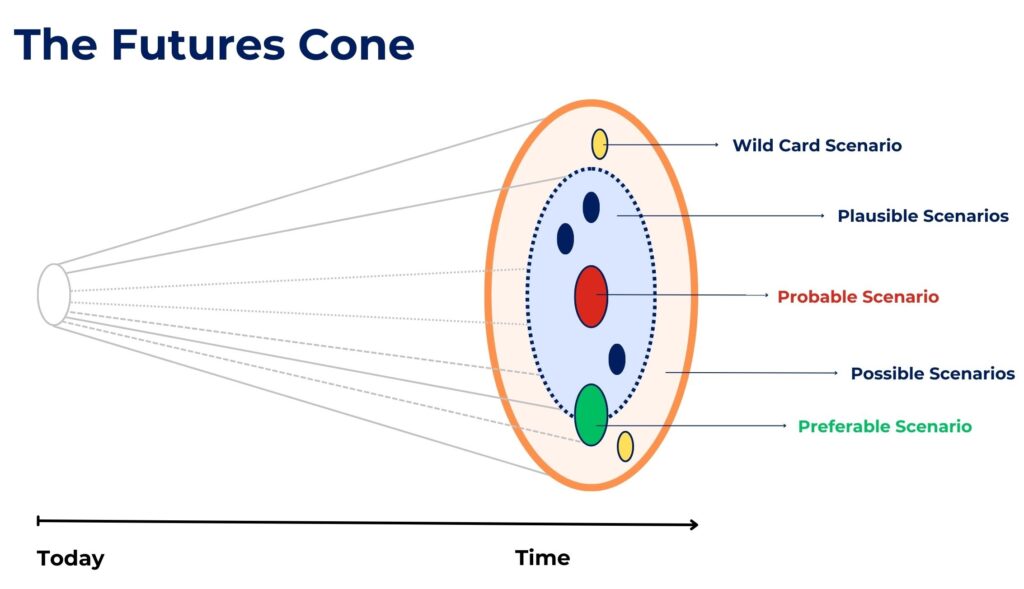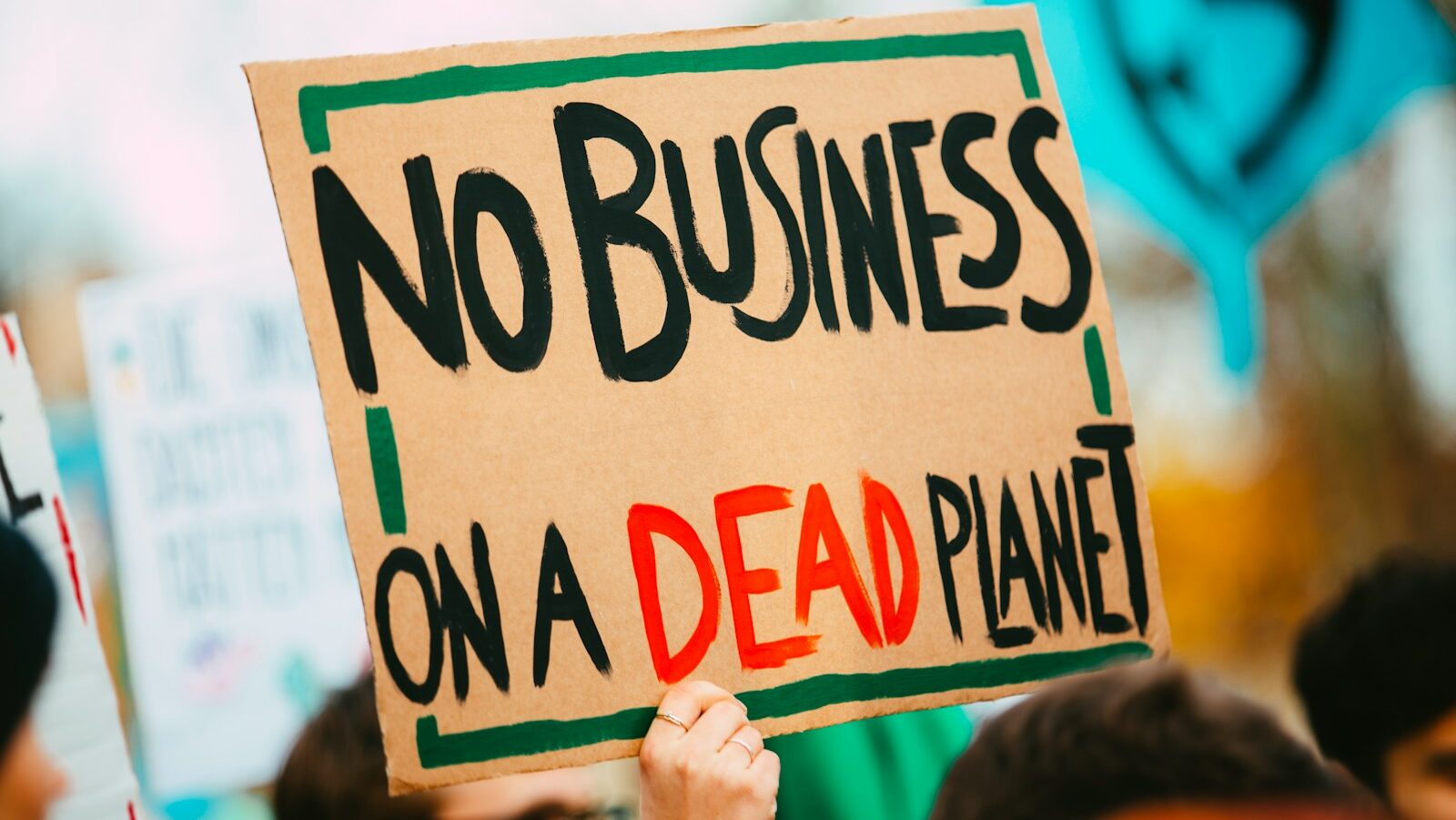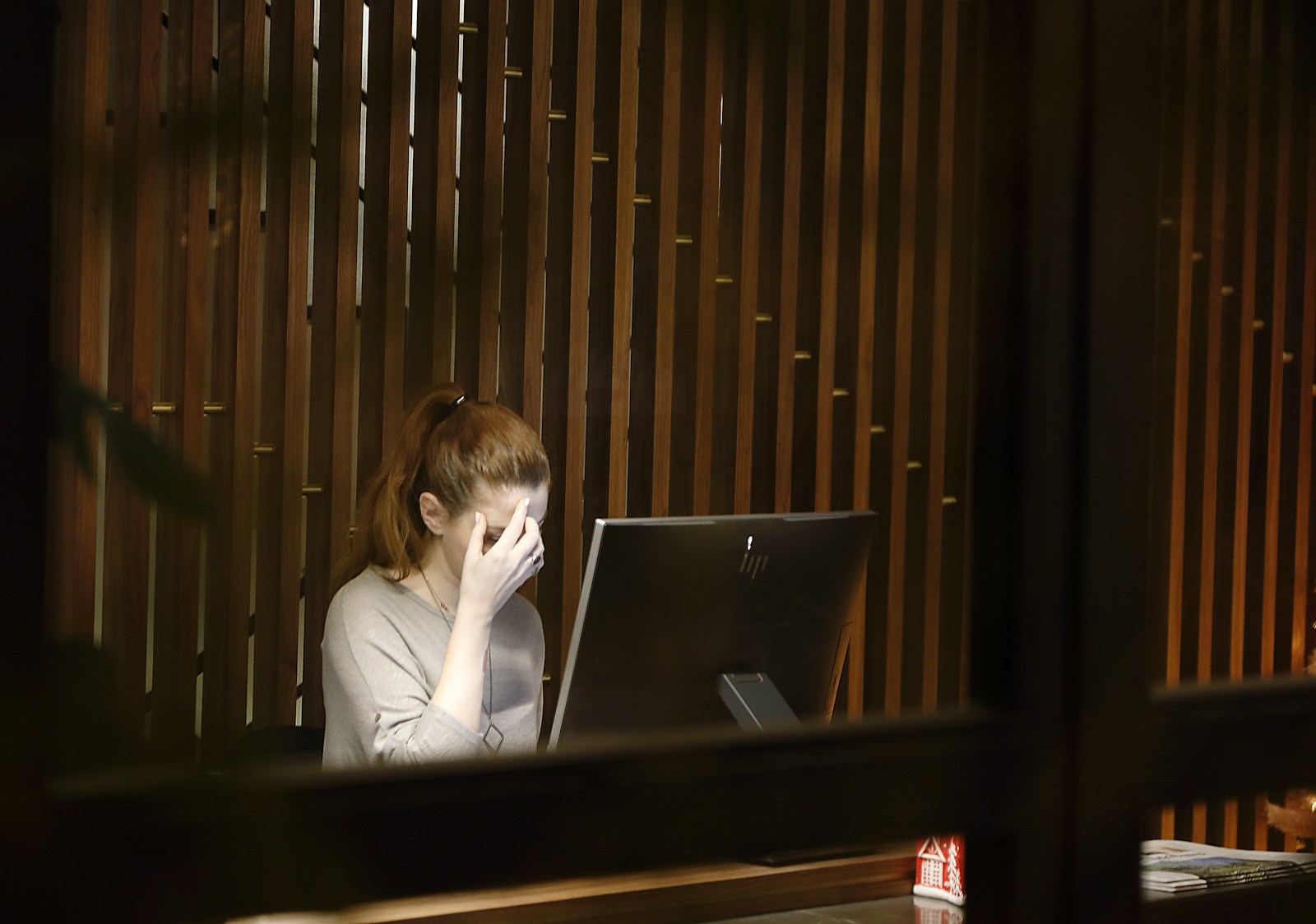A coaching primer to climate anxiety: Tools for climate empowerment
Climate anxiety, a mix of emotions stemming from concerns about climate change, impacts coaching clients across various backgrounds, influencing both personal well-being and professional performance. This primer explores how coaching, combined with futures-thinking, can empower individuals.
Wisdom Weaver
Climate anxiety challenges client well-being and can contribute to professional burnout
Climate anxiety encompasses feelings of stress, guilt, helplessness, and fear that arise from concerns about climate change. While anyone can experience climate anxiety, at-risk groups include young people, sustainability leaders, and those affected by natural disasters. Beyond experiencing negative emotions, climate anxiety can also disrupt daily life through lost sleep, changes in appetite, restlessness, and an inability to focus. A survey conducted to measure climate anxiety in Gen Z found that feelings related to climate change disrupted the daily lives of almost half of respondents. Among sustainability leaders and climate activists, a growing sense of environmental hopelessness can hinder their effectiveness and even lead to burnout.
Niche coaching practices have evolved to support sustainability leaders and address challenges related to eco-anxiety. However, the growing prevalence of climate anxiety means that more coaches will interact with clients facing disruption in their personal well-being, professional development, and social interactions.
A coach’s perspective:
Coaches do not need to be climate change experts to support clients facing climate anxiety. Wisdom Weaver Charly Cox shares her experience as a Climate Change Coach:
“We are helping people overcome the mindset of scarcity when there is not enough and helping people with coping mechanisms for overwhelm. Coaches can help clients gain clarity, find their purpose, and then apply their talents to this purpose. By championing and acknowledging clients, coaches can help clients soothe big fears. Most coaches are trained to do acknowledgment at the end of a session to build client confidence. They might say, ‘You are really dedicated, you are really insightful.’ We are dealing with such big fears that we have to use acknowledgment as much as we can to soothe these fears.”

Coaching can help clients move from climate anxiety to climate empowerment
By reframing climate anxiety as overwhelm, coaches can adopt various tools to help clients process emotions and reclaim a sense of empowerment. Drawing on Self-Determination Theory, a behavioral theory of human motivation, humans have three basic psychological needs that support motivation:
- Autonomy: the need to feel a sense of control over individual behaviors
- Competence: the need to apply skills and knowledge to influence the environment around them
- Relatedness: the need for supportive relationships
Clients may maintain motivation without one of these three basic needs for a brief period. However, coaches can partner with clients to take a future-focused approach that values sustained motivation over short-term impact, by integrating Self-Determination Theory into coaching practice.
1. Narrowing the scope
Climate anxiety causes distress because of the scope and complexity of climate change. By breaking down complex challenges into smaller pieces, coaches can help clients regain a sense of autonomy. Tools like the Circles of Concern, Influence, and Control help visualize challenges, starting with the things that are of concern but are not within their control and then working inward to consider what challenges the client can influence.
Coaching tools like the GROW model further reinforce autonomy by allowing clients to drive their goals.

2. Reinforcing client confidence
Acknowledging past progress and championing client growth reinforces client confidence, supporting competence and positive development. By focusing on what is going well, acknowledgment helps clients remember that they can learn new skills and overcome novel challenges. Coaching sessions provide a safe space to practice new skills or brainstorm how unused skills might be applied to support their goals, nurturing a sense of competence and resilience.
3. Multiplying impact through connection
The coaching relationship offers non-judgmental and supportive thought partnership that fulfills the need for relatedness. Through resourcing and community building, coaches can help clients develop a sense of belonging and collective empowerment, magnifying individual impact. Through coaching, an individual applies their new skills and confidence to share their passions with people in their family, friend group, or broader social circle.
Futures-thinking tools for exploring complex and uncertain futures
Climate anxiety is ultimately a fear of the future. When facing uncertainty or overwhelm, it is helpful to remember that the future is not a pre-determined place or event in time. Instead, futurists use the term “futures” to forecast the range of outcomes, risks, and possibilities for the future. Learning from these models, futurist Jane McGonigal helps people explore the question, “Which of these futures do I want to help make?” Coaches can use basic futures-thinking approaches to help clients work through future scenarios and gain confidence in preparing for change.
Mapping out potential futures
Scenario planning allows clients to explore various future scenarios, reducing anxiety and enhancing resilience. Coaches can start by guiding clients to identify four expected futures using the following questions:
- What do I expect the future to look like?
- What if the future is better than I expect?
- What if the future is worse than I expect?
- What if the future is weirder than I expect?
Building off these outcomes, futurists then map potential futures using a Voroscope or ‘futures cone’ to note the likelihood of possible outcomes. By identifying expected, better, worse, and weirder futures, clients gain clarity and redirect their focus towards actionable outcomes.

Visioning and backcasting
Envisioning an ideal future and then working backward to identify the actions and changes needed to achieve that future fosters agency and resilience. Coaching conversations can provide a supportive environment for clients to work through potential challenges, identify skills and resource gaps, and challenge limiting beliefs about their capacity to adapt to change.
Visioning and backcasting is also a useful tool for teams and organizations experiencing climate anxiety. Founder of Probable Futures, Alison Smart, uses this approach to inspire, engage, and galvanize current and future sustainability leaders around “envisioning the futures that are worth hoping for.”
Climate anxiety and the future of coaching
In a world where climate emergencies are becoming more frequent, coaches will play an integral role in helping clients address the fears and anxiety related to climate change. Through coaching tools and futures-thinking, coaches can empower and equip leaders to face the challenges ahead with confidence and resilience.
Learn more about how coaches are partnering with clients to overcome climate anxiety:
- Read how coaches are supporting self-care and community-care for clients in the sustainability sector
- Learn about how Climate Change Coaches like Charly Cox help clients address negative emotions related to climate change
- Visit the Climate Coaching Alliance Seedbank: A collection of ideas, tools, and resources for ecological and climate-conscious coaching
- Read stories from Climate Change Coach Ruma Biswas about how coaching can empower business leaders to meet their climate goals




